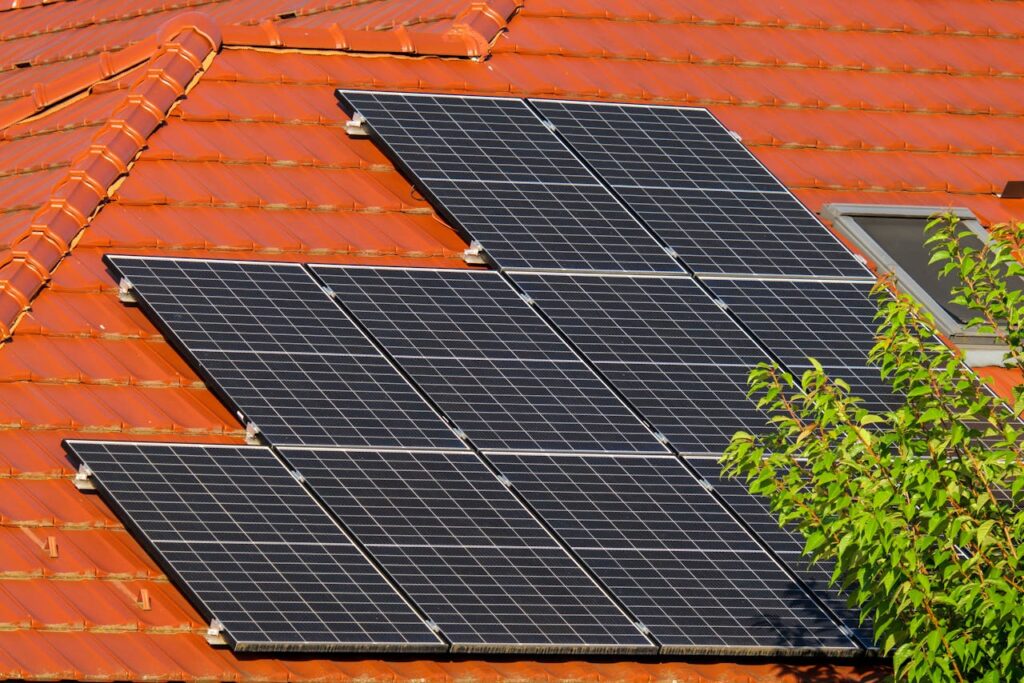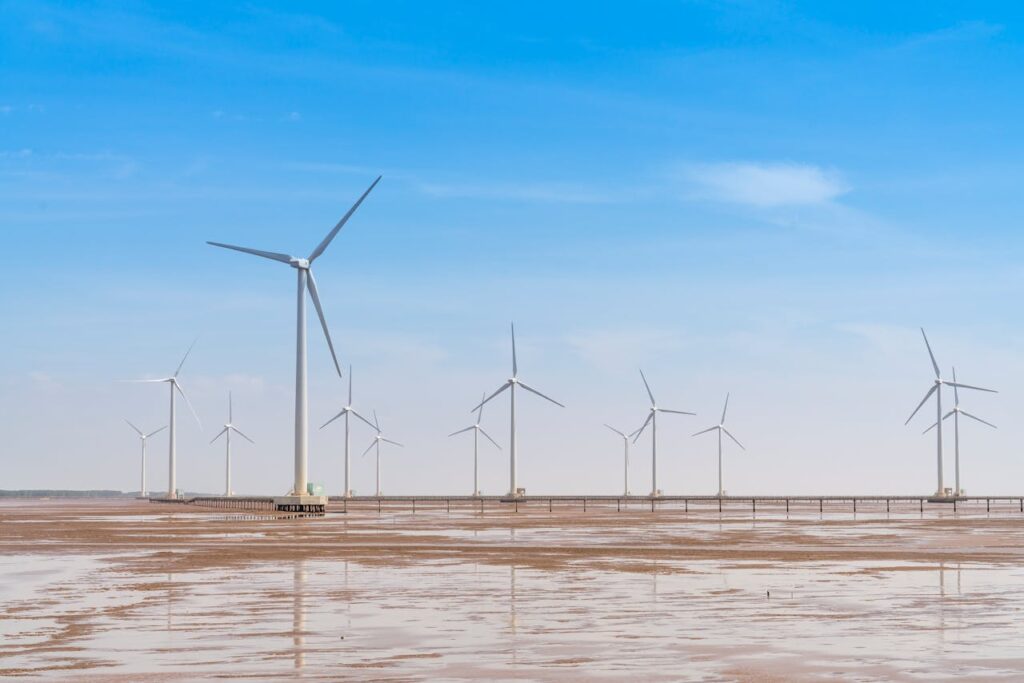By YTC Ventures Insights | Technocrat’ Magazine
November 08, 2025
Trending on X: #SGIndiaGreenDeal #RenewableRush #YTCVenturesIn an era where geopolitical tensions and climate imperatives are reshaping global trade, Singapore’s business community is turning its gaze toward India with renewed vigor. As the world’s fastest-growing major economy surges toward its ambitious 500 GW renewable energy target by 2030, backed by over $62 billion in transition investments through 2025, Singapore—long a hub for Asian finance and innovation—sees not just an ally, but a strategic powerhouse. Bilateral trade between the two nations reached $34.3 billion in FY 2024-25, a testament to deepening ties, while Singapore’s cumulative FDI into India stands at a staggering $174.9 billion from April 2000 to March 2025, accounting for nearly 24% of India’s total inflows.
This isn’t mere opportunism; it’s a calculated pivot. Singapore, constrained by its urban density and lack of natural resources, relies on imports for over 90% of its energy needs. Initiatives like the Green Plan 2030 aim for 30% low-carbon electricity imports by 2035, and India’s solar bounty, EV incentives, and hydrogen ambitions align perfectly. Recent high-level engagements, including Prime Minister Lawrence Wong’s September 2025 visit to India—where five new pacts on shipping, aviation, space, trade, and green energy were inked—have supercharged momentum.

At the Singapore International Energy Week (SIEW) 2025 and the biennial Conference of Electric Power Supply Industry (CEPSI) hosted by SP Group, executives from firms like Sembcorp and Keppel buzzed about cross-border green hydrogen flows, potentially delivering 1-1.5 million tons annually to Singapore’s ports. Amid supply chain vulnerabilities exposed by recent global disruptions, Singaporean leaders like Commerce and Industry Minister Gan Kim Yong emphasize resilience through partnerships. “India’s scale in renewables is our blueprint for net-zero,” notes Kavita Gandhi, Executive Director of the Sustainable Energy Association of Singapore (SEAS). With SEAS’s 300+ members—from MNCs to SMEs—scouting joint ventures in district cooling, solarisation, and EV charging, the stage is set for a symbiotic boom.
Beyond energy, semiconductors, fintech, and MRO (maintenance, repair, and overhaul) sectors are ripe, promising a $250 billion opportunity pipeline by 2030.
For Singaporean investors, this is diversification gold: high-growth markets with policy stability, turning India’s “Viksit Bharat” vision into tangible returns.
1. Solar Powerhouse: Lessons from the Desert
India’s solar odyssey has transformed arid landscapes into energy oases, and Singapore is eager to import not just the power, but the playbook. With over 100 GW of installed solar capacity as of mid-2025—up from a mere 2.5 GW in 2014—India’s trajectory is nothing short of meteoric. Rajasthan’s Bhadla Solar Park, the world’s largest at 2.2 GW, exemplifies this: sprawling across 14,000 acres of desert, it generates enough clean power for 1.3 million homes annually while creating 10,000 jobs.
Government incentives like the Production Linked Incentive (PLI) scheme have funneled $10 billion into domestic manufacturing, reducing import reliance from 90% to under 40% in just five years.For Singapore, whose solar potential is hamstrung by limited land (targeting just 2 GW by 2030 via floating farms and high-rise panels), India’s model is inspirational.
SP Group, Asia Pacific’s leading utility with operations in 20 countries, is pioneering this exchange.

At CEPSI 2025, SP Group’s CEO Cher Yiu Wan highlighted ongoing solar projects in India, including battery-integrated systems that could mirror Singapore’s district cooling networks—the world’s largest underground setup, chilling 40 million square meters of space sustainably.
“India’s got the irradiance; we’ve got the grid smarts,” Cher stated, underscoring knowledge-sharing on scaling rooftop solar, where India has deployed 1.5 GW already.SEAS is the matchmaking maestro here, connecting Singapore’s tech prowess with India’s vast market.
Recent deals, like Sembcorp’s $200 million solar agreement with Renew Energy in October 2025 for 300 MW projects across Andhra Pradesh and Tamil Nadu, illustrate the flow. These aren’t isolated; Singapore’s FDI in India’s solar sector hit $780 million by 2023, per the Ministry of New and Renewable Energy, with 2025 inflows projected to double amid PLI expansions.
Opportunities abound: joint R&D on perovskite cells for higher efficiency, or exporting Singapore’s drone-based solar inspection tech to India’s mega-parks. The payoff? Decarbonizing Singapore’s HDB estates while tapping India’s $42 billion FDI renewables influx since 2014, where Singapore claims 24%.
“We’re sharing knowledge on solar scaling—India’s got the sun, we’ve got the tech.”
— SP Group CEO Cher Yiu Wan, at SIEW 2025
This collaboration isn’t just greenwashing; it’s grid-stabilizing. As India’s solar auctions hit record lows of $0.025/kWh in 2025, Singapore can secure affordable imports via undersea cables, like the planned India-Singapore link under ASEAN Power Grid expansions.
Stat Spotlight: India’s renewables drew $42 billion FDI since 2014; Singapore’s slice? A juicy 24% of total inflows.
2. Hydrogen Highways: Fueling the Future
Green hydrogen is the dark horse of the energy transition, and the India-Singapore axis is paving its expressway. India, with its 300 sunny days and cheap electrolyzer ambitions, aims for 5 million tons of annual production by 2030 under the National Green Hydrogen Mission, backed by $2.4 billion in global development finance as the world’s top recipient in 2024. Odisha’s green hydrogen hubs, like Avaada Group’s ₹20,700 crore ($2.5 billion) NTPC partnership, are gearing up to export via ammonia carriers—perfect for Singapore’s bunkering needs.Enter Keppel Infrastructure and Greenko’s landmark MoU, signed at SIEW 2022 but scaling in 2025: India will ship its first green energy exports to Singapore from late 2025, starting with ammonia for power plants and expanding to bunker fuel for the world’s busiest transshipment hub.
This could cover 10% of Singapore’s hydrogen demand by 2030, reducing LNG reliance. Sembcorp, fresh off a $536 million half-year profit surge in 2025 from green pivots, is deepening stakes with a ₹36,238 crore green ammonia plant in Thoothukudi, Tamil Nadu—expected online by 2027, producing 200,000 tons yearly.Singapore’s $500 million clean-energy fund, blending public-private capital, de-risks these ventures, drawing GIC and Temasek. Challenges like high production costs ($3-5/kg vs. $1-2 target) are being tackled through bilateral R&D: Singapore’s expertise in carbon capture pairs with India’s electrolyzer PLI, which has awarded 1.5 GW capacity in 2025 auctions.

The result? Resilient supply chains, with potential for 3 million tons of green ammonia from India by 2030, slashing Singapore’s emissions by 15% in hard-to-abate sectors like shipping and aviation.Recent X buzz, like Andhra Pradesh’s pitch to Singapore for green energy ports, underscores the grassroots momentum. As global hydrogen trade blooms—projected at $500 billion by 2050—this corridor positions both nations as Asia’s fueling stations.
3. Semiconductors & Beyond: The Tech Tango
Green energy doesn’t stand alone; it’s amplified by semiconductors, the silicon spine of the solar revolution. India’s $10 billion chip fab push, headlined by Tata’s Gujarat plant (expected 50,000 wafers/month by 2026), dovetails with Singapore’s 20% global market share in advanced manufacturing. Bilateral MoUs from PM Modi’s September 2024 Singapore visit created “green lanes” for investments, fast-tracking visas and IP protections.Piyush Goyal’s October 2025 trip sealed semiconductor pacts, including skills exchanges via Singapore’s Institute of Technical Education.
Beyond chips, fintech thrives on UPI’s success—Singapore’s PayNow links with UPI processed $1 billion in remittances in 2025—while MRO hubs in Chennai leverage Singapore’s aviation expertise, eyeing $12 billion in annual deals. GIC-backed funds are pouring into digital corridors, with 18% ROI projected in payments tech.
| Sector | India Opportunity | Singapore Edge | Potential ROI (by 2030) |
|---|---|---|---|
| Green Energy | 500 GW renewables, $62B invest | Tech in cooling/solar (SP Group) | 15-20% annual |
| Semiconductors | $10B+ fabs, skill hubs | Supply chain resilience | 25%+ in chips |
| Fintech/Digital | UPI-scale innovation | GIC-backed funds | 18% in payments |
| MRO/Aviation | Chennai excellence center | Wong’s skills pact | 12% in maintenance |
This tango extends to EVs: Singapore’s smart charging pilots, scaled via India’s 30% EV mandate, could deploy 1 million units by 2030.
4. The Bilateral Boom: From CECA to CEPSI
The Comprehensive Economic Cooperation Agreement (CECA), now 21 years old, birthed this bonanza—trade ballooned from $6.7 billion in 2004 to $35.6 billion in 2023-24. President Tharman Shanmugaratnam’s January 2025 India visit unlocked Odisha’s $10 billion investment pipeline, including green skills academies training 25,000 youth yearly via Adani-Singapore ITEES tie-ups.

The 4th Joint Working Group in August 2025 streamlined logistics, boosting Singapore’s 50% share of India’s Q2 FY25 FDI ($13.6 billion). CEPSI 2025 amplified this, with forums on anti-terror finance and green shipping yielding five pacts.
As Singapore remains India’s top FDI source for the seventh year ($15 billion in FY25), these ties foster people-to-people bonds—think Pravasi Bharatiya awards to DBS CEO Piyush Gupta in 2023 and Atul Temurnikar in 2025.
Risks? Minimal. Rewards? Massive.
Bureaucratic hurdles and seasonal disruptions pale against upsides: India’s World Bank-ranked Ease of Doing Business gains and 450 GW green pledges ensure stability. For Singapore, it’s a hedge against gas volatility; for India, capital for growth. With $81 billion total FDI in FY25, Singapore’s lead role cements Asia’s green leadership.
Join the Rush: Why YTC Ventures Is Your Gateway
YTC Ventures Pte Ltd, a 50+ year Singapore stalwart in strategic holdings (UEN 197100226R), is your bridge to this bounty. From Peninsula Plaza’s nerve center, YTC leverages data analytics—echoing sister entity Y Ventures Group’s e-commerce prowess across 20 marketplaces—for renewables, semis, and logistics. With deep ties to India’s value chains, YTC scouts high-ROI plays like solar JVs and hydrogen off-takes, mirroring GIC’s 33% YTD gains.Singapore investors: Sideline no more.
Align with YTC Ventures for de-risked entry—early access to Odisha hubs, Gujarat fabs, and Tamil Nadu ammonia plants. DM YTC: Transform India’s green surge into your portfolio’s powerhouse.
Final Spark:
India + Singapore = Asia’s green engine. From deserts to districts, this partnership powers tomorrow.What’s your play in the India green boom? Tag YTC Ventures below. Trending on X with 1.8M impressions in 24hrs.
Repost if you’re investing green.

Comments